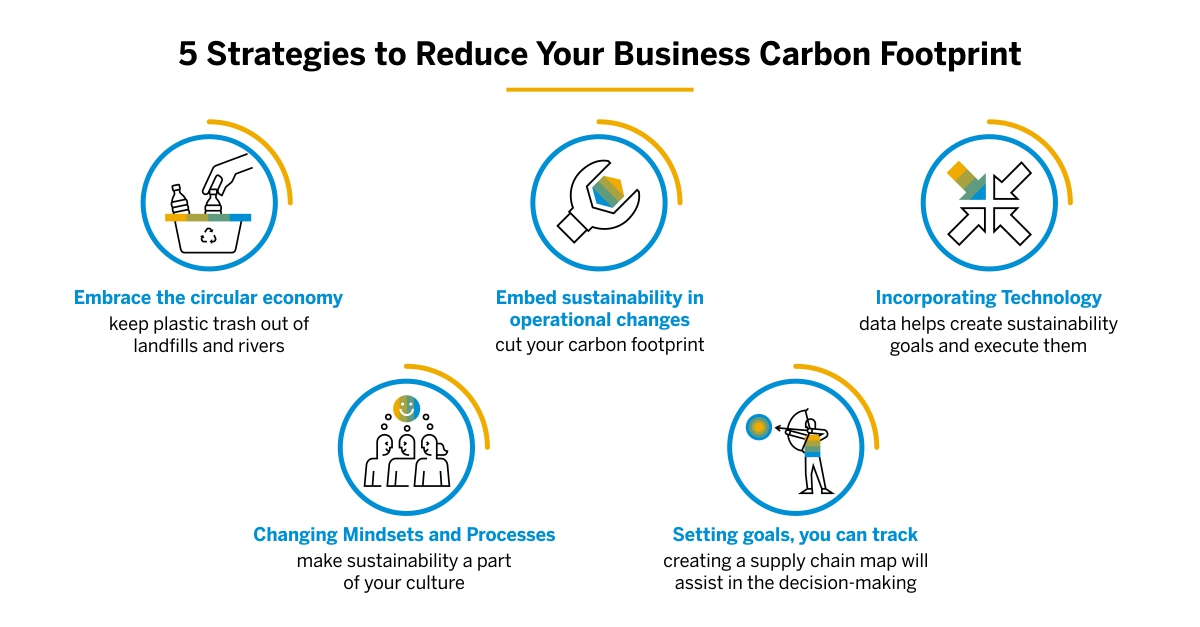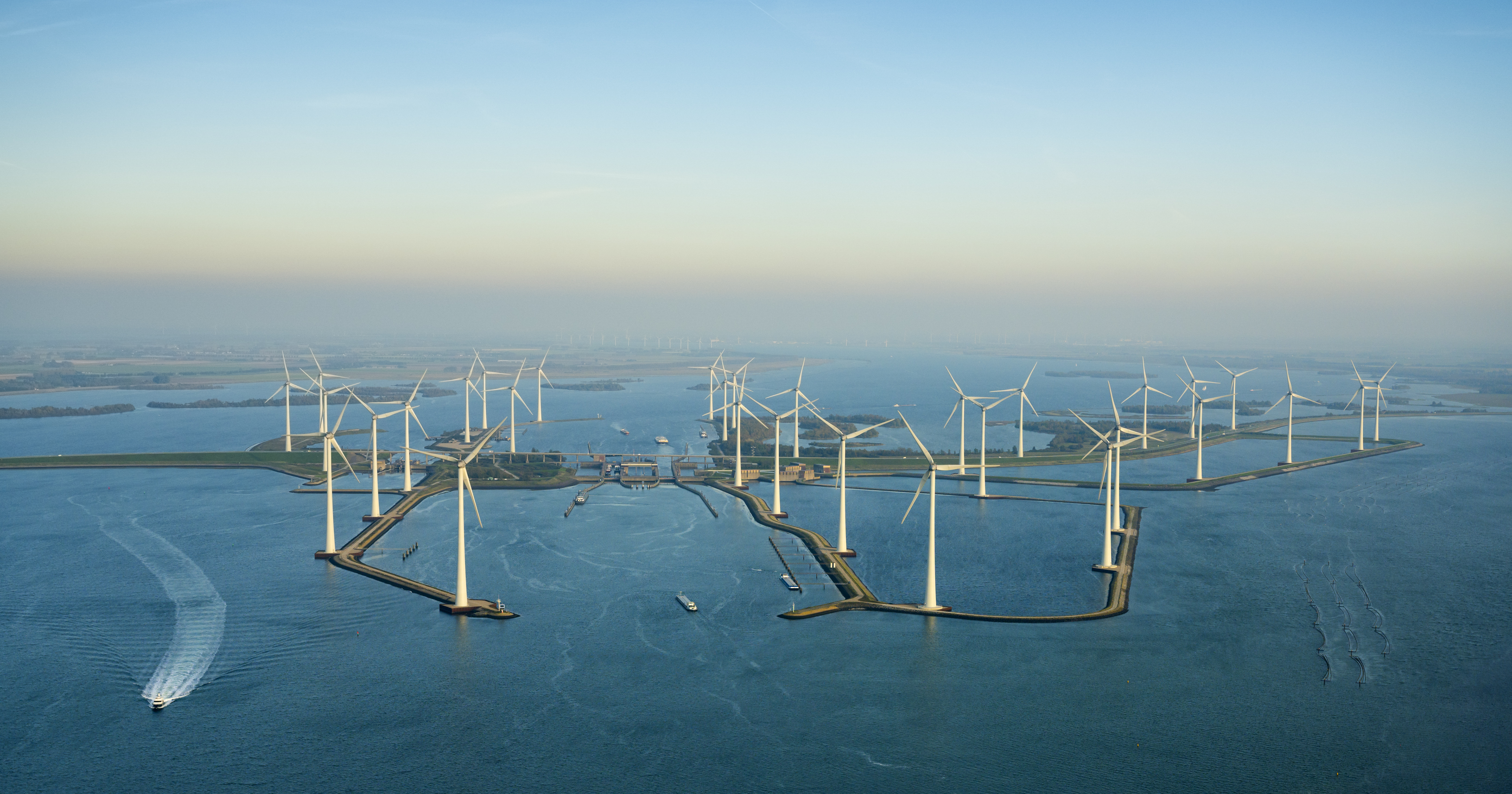Do you know that Climate change is mainly a resource management problem and businesses need to come forward to do their bit for society and stakeholders?
The world’s population is predicted to reach over 9 billion people by 2030. This not only adds on to Planet Earth’s carrying capacity but increases the demand for the already exhausting resources. The take-make-waste linear approach is inherently unsustainable. There’s an urgent need for a comprehensive solution and how we approach the manufacture-to-consumption chain. As per the United States Environmental Protection Agency, only 9% of materials are reused or recycled. One way to make better use of resources is to create a loop of reuse, thus eliminating waste. This is referred to as a circular economy. The economy, markets, and sectors have the potential to be re-energized by circular firms.
An immediate impact of adopting circular economy and sustainable practices is its ability to reduce the spiraling effect of climate change. We are likely to go past the threshold for dangerous global warming, i.e. +1.50 Celsius between 2027 and 2042, according to research published in climate dynamics. The United Nations Secretary-General recently referred to the climate situation as a “Code red for humanity.”

Asia more at risk, time to step up
Asia is more exposed to climate risk due to the absence of adaptation and mitigation. By 2050, parts of Asia will witness a rise in temperatures, heat waves, extreme precipitation, hurricanes, and shortages in water supply. The only way out is sustainable resource management and pivoting on technology to make this practical.
Businesses in the Asia-Pacific regions need to step up their environmental efforts to use the available resources rationally to preserve them for future generations and for the sustainability of ecosystems. Sustainability is no longer seen as a separate corporate responsibility initiative. You can remanufacture the existing items to create new ones, to shift the focus on having a circular economy. Technology can also assist companies in increasing circularity by linking the organizations that collect recyclable materials with those that can process them.
The World Economic Forum’s Sustainability Report suggests strategies for companies to become more environmentally friendly. It provides a collection of best practices that businesses may use to boost their sustainability efforts & be profitable at the same time. Here are some real-life examples of successful sustainable practices that have helped these companies cut their footprint.
Case 1. Eastman Chemical Co, a specialty materials company that produces a broad range of products for daily use, from building and construction materials to textiles, has strengthened its focus on sustainable innovation. They have successfully reduced their greenhouse gas (GHG) emissions by 10% and have begun the production of new items through molecular recycling. They have established targets of recycling plastic waste annually of up to 500 million pounds by 2030.
Case 2. Foodstuffs NZ adopted the practice of using photovoltaic panels for their distribution centers along with carbon dioxide refrigeration gases. They have reduced refrigerant gas-related emissions by 99%. Along with that, the reduction of waste to landfills is by 45%, most of which is diverted to other uses to optimize zero food waste. A “food in the nude” program has encouraged the suppliers to reduce plastic production yearly by 3.4 tons. The company also redesigned its transport operations, for instance, by improving truck utilization, optimizing routes, and reducing the number of empty trucks on the road. Transport in New Zealand accounts for around 18% of total GHG emissions, and Foodstuff NZ took this as an opportunity to address emissions from its transport fleets.
It’s possible to put lofty sustainable goals into practice by revisiting how businesses run, from their operational processes to innovation. Here are some strategies that you can adopt to reduce the carbon footprint:
- Embracing the circular economy
The concept of circularity is based on the separation of economic growth from resource use and waste creation. Focusing your efforts on keeping plastic trash out of landfills and rivers, and protecting natural resources, can drastically lower the reliance on fossil feedstocks. The Asia Pacific region has concentrated its efforts now on fighting plastic pollution.
- Embedding sustainability in operational changes
By making sustainability an intrinsic part of operations and innovations, businesses can cut their carbon footprint. For instance, energy and refrigeration gases comprise the most carbon emissions in the grocery industry. Refrigeration uses a lot of energy. If the refrigeration problem is solved, then companies can not only save costs but cut emissions.
- Incorporating Technology
Organizations need to start including circularity into their economic models, thanks to technological advancements. Use specialized software programs to collect data from all elements of your operations. Use ERP to manage resources better and track your source of supply. For Foodstuffs NZ, data was crucial in establishing sustainability goals and putting them into action. They formed a collaboration to track and trace recycled content across the value chain using cloud-based technology.
- Changing Mindsets and Processes
Changing your business models while still having a regular flow of income is one of the biggest barriers in embracing circularity and advancing sustainability objectives. Having a clear vision about how sustainable practices can benefit the business and making sustainability a permanent part of your culture is key to driving new mindsets in organizational behavior.
- Setting goals, you can track
Learning from companies that have already put their sustainability agendas into practice successfully can help inform your strategy. Creating a supply chain map will assist in the decision-making process of how each business can contribute to sustainability and what issues they face to remove the future bottlenecks.

The way forward
Sustainability is more than a “nice to have” concept now; it needs to be a critical component of your strategy and operations. Businesses that invest in sustainability now will gain a competitive edge. You may set key performance indicators using technology and real-time data. It’s crucial to make long-term plans for efficiently managing your sustainability programs. Learn more about how sustainability and the circular economy can help companies reduce their carbon footprint and optimize costs and resources in this SAP white paper. Adopt the right business practices today to be able to survive disruptions and build resilience in your business tomorrow.



